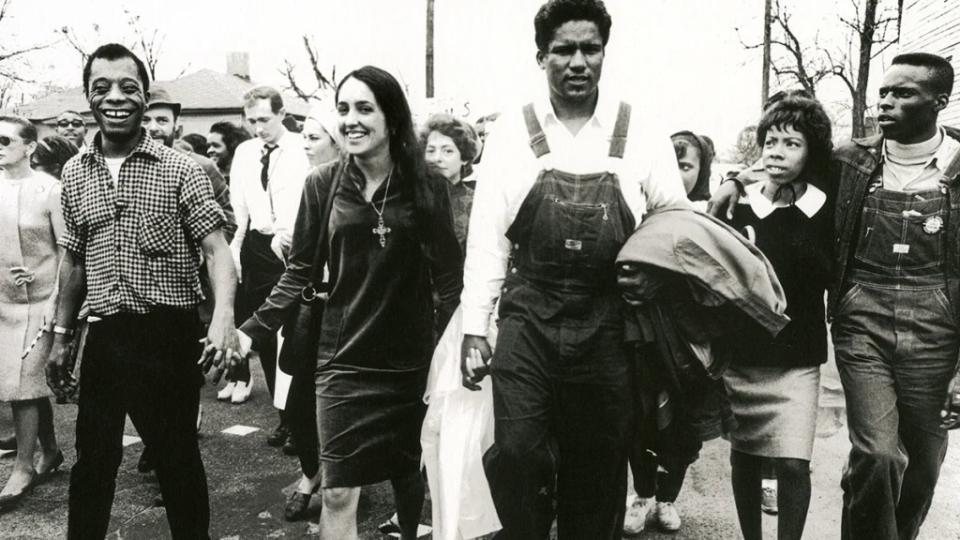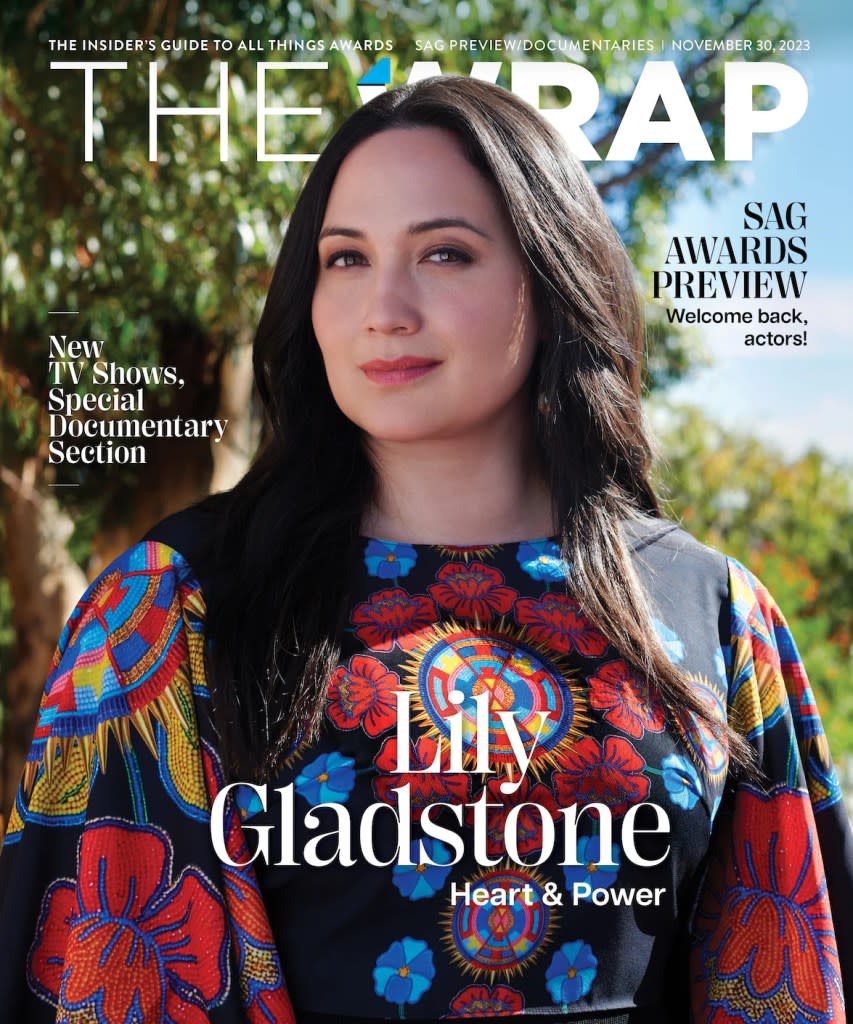How a Storage Unit Transformed the Documentary ‘Joan Baez I Am a Noise’
- Oops!Something went wrong.Please try again later.
We know about Joan Baez’s years as the queen of folk music, a maker of pop hits and a tireless campaigner for causes — but until the documentary “Joan Baez I Am a Noise,” most people didn’t know about her recurring panic attacks or her history of childhood abuse. The film, which was directed by Miri Navasky, Maeve O’Boyle and Karen O’Connor, began as a chronicle of the music icon’s final tour and ended up being far more personal and intimate than that, with the help of a seemingly bottomless storage unit owned by Baez.
O’Connor and Baez talked to TheWrap about the film.
Karen, you’ve been friends with Joan for years. Why did you want to make a documentary about her?
KAREN O’CONNOR I thought, there’s gotta be something interesting about following a woman who’s been famous for 60-plus years coming to the end of a career. That idea was intriguing, but Miri and I weren’t sure. We did a little filming and then stopped and then made other films, and Joan wasn’t really sure if she was gonna quit. But we always imagined that last tour, a farewell tour, would give us a narrative anchor.
And then Miri, Maeve and I hunkered down in California, I think it was around 2017, and spent a month going through Joan’s material at home. She was finding photographs and letters and journals for us. And on that shoot in 2017, Joan did give us the proverbial keys to the storage unit.
JOAN BAEZ I had no idea what was in there. When I walk in there in the film, it’s the first time I’d ever been in. But I made the decision to give the directors a key to that storage unit. There was no point in my trying to go through it, ’cause it would’ve been, “Oh, yes, you can have this, but you can’t have that.” I would’ve driven myself crazy.
It included tapes of your therapy sessions.
BAEZ I thought about that. I knew that it was gonna be useful. It was a huge leap of faith, and I’m glad that I made it.

The film delves into traumas that include childhood abuse. Was it difficult to have that in the movie?
BAEZ I trusted Karen, who’s been my friend for many years, that it would be fair-handed. The only thing I would stress more than what came out in the film is that my parents do not remember our childhood issues, whatever their involvement was. As I blocked it all for the first half century, they blocked it for their lifetimes. And in their 70s, 80s, they did not wanna deal with it. And that’s understandable.
Karen, were there times when your friendship with Joan conflicted with you as a journalist trying to get this story?
O’CONNOR It’s a very good question. Miri and I, our background is social issues. So we had the preliminary conversation that Joan wouldn’t have final cut. It’s important when you’re doing a film about someone to make sure you have that editorial firewall. I didn’t feel protective of Joan as much as I felt an added layer of responsibility.
And it was enormously valuable to have Miri and Maeve as well. Not only editorially, but also they’re younger, so I had a generational view from them. In the edit, I would have a tendency to say, “Oh, everybody knows that.” Miri and Maeve could say, “No, not everybody knows that.” So their perspective was invaluable.
Joan, have you gone back to the storage unit on your own since then?
BAEZ I’ve no interest at all. We’ve done it, you know? I like that all of the artwork is there, and it will stay there. As far as the therapy tapes, I’m gonna have them all destroyed. I’m trying to think of a non-toxic way to get rid of them. Probably bury them.
This story first appeared in the SAG Preview/Documentaries issue of TheWrap’s awards magazine. Read more from the issue here.

The post How a Storage Unit Transformed the Documentary ‘Joan Baez I Am a Noise’ appeared first on TheWrap.

